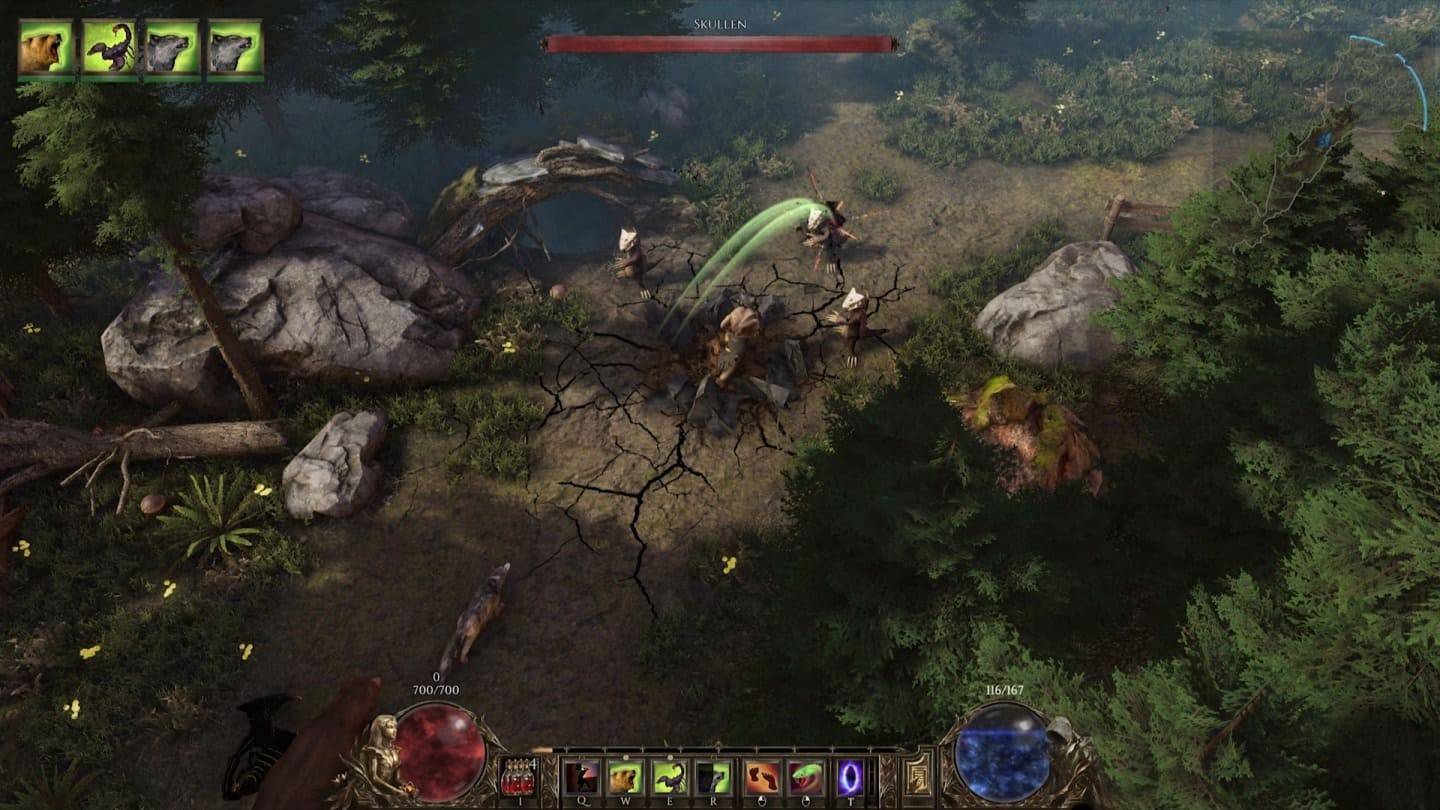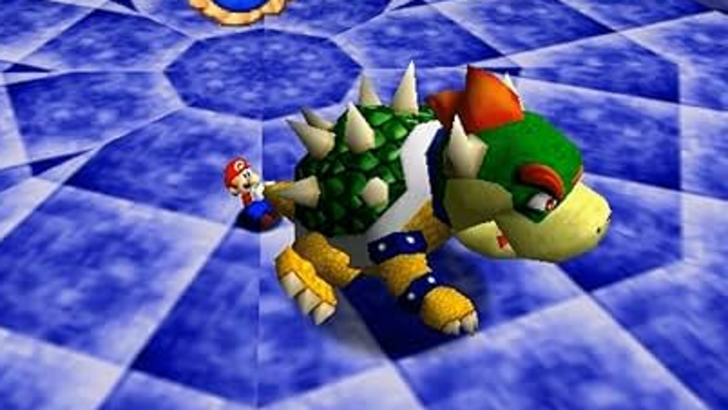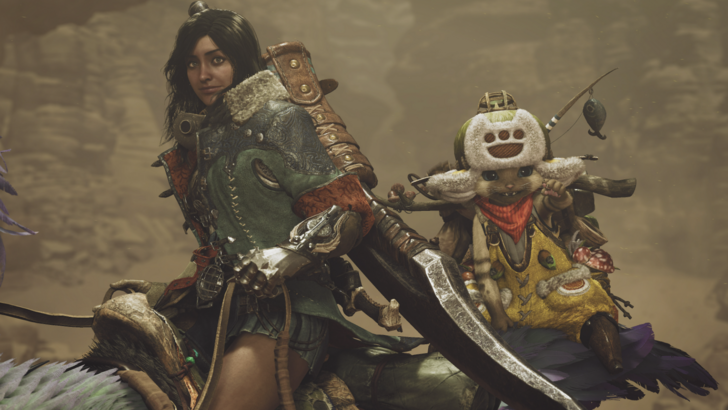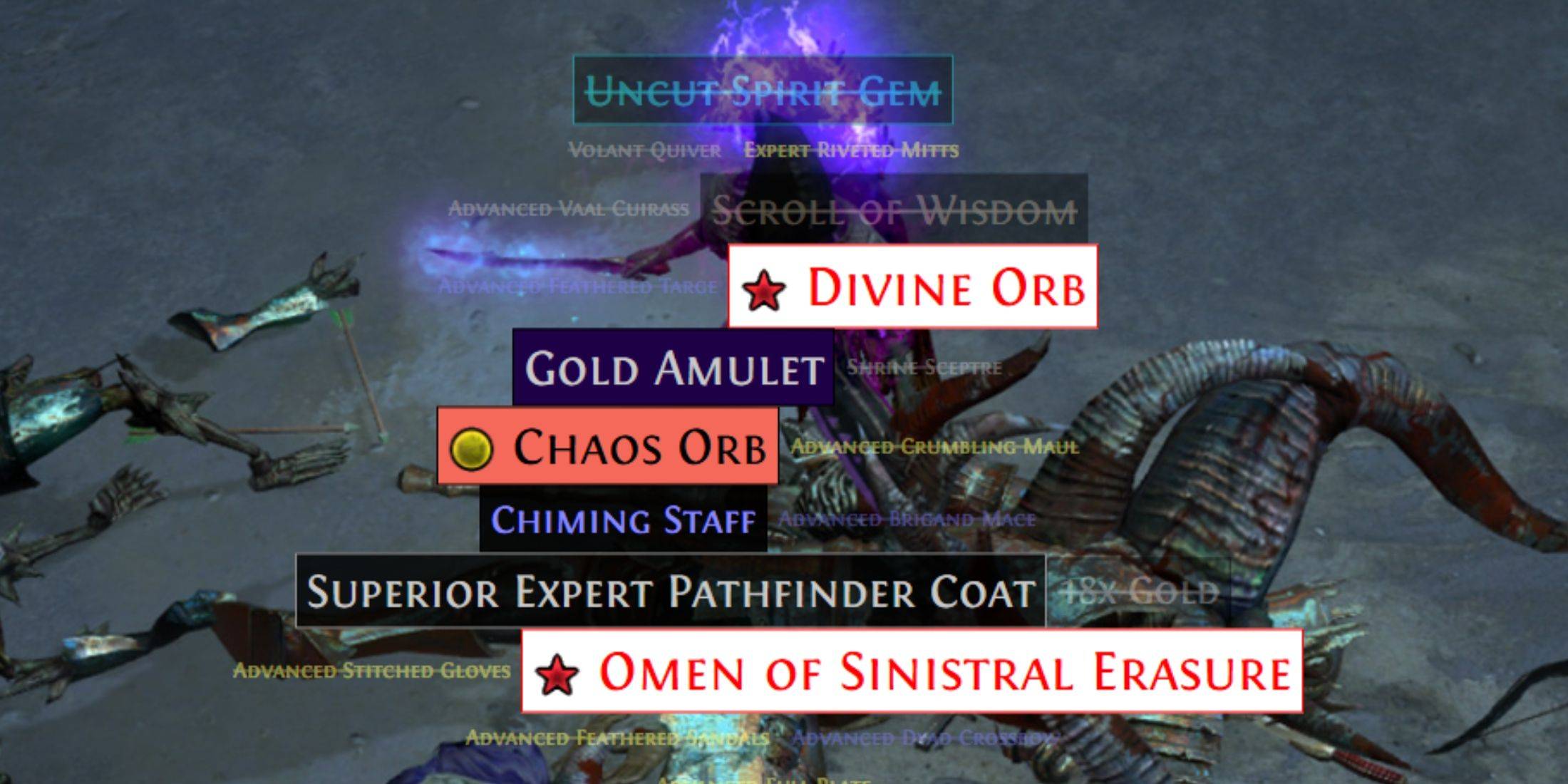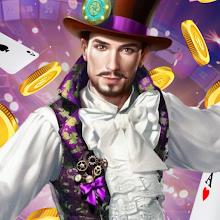Amazon Prime's animated adaptation of Robert Kirkman's Invincible has revitalized interest in the comic book series. Its blend of intense action, complex characters, and morally gray storytelling quickly garnered a devoted fanbase. However, translating the expansive comic narrative to television necessitated alterations, some subtle, others more pronounced. This analysis examines key differences between the series and comics, dissects the shortcomings of Season 3, and explores the impact of these adaptations on the overall narrative.
Table of Contents
- From Page to Screen: Key Differences
- Mark Grayson's Evolution: Accelerated vs. Gradual Growth
- Supporting Characters: Screen Time Shifts
- Antagonists: Streamlined Motivations
- Action Sequences: Enhanced Visuals and Choreography
- Thematic Focus: Morality and Legacy
- Season 3 Critique: Diminished Impact
- Repetitive Story Arcs
- Cecil's Subplot: Unfulfilled Potential
- Reduced Action Impact
- Slow Start, Delayed Momentum
- Adaptation and Innovation: Finding the Balance
- Reasons to Continue Watching (Spoiler Alert)
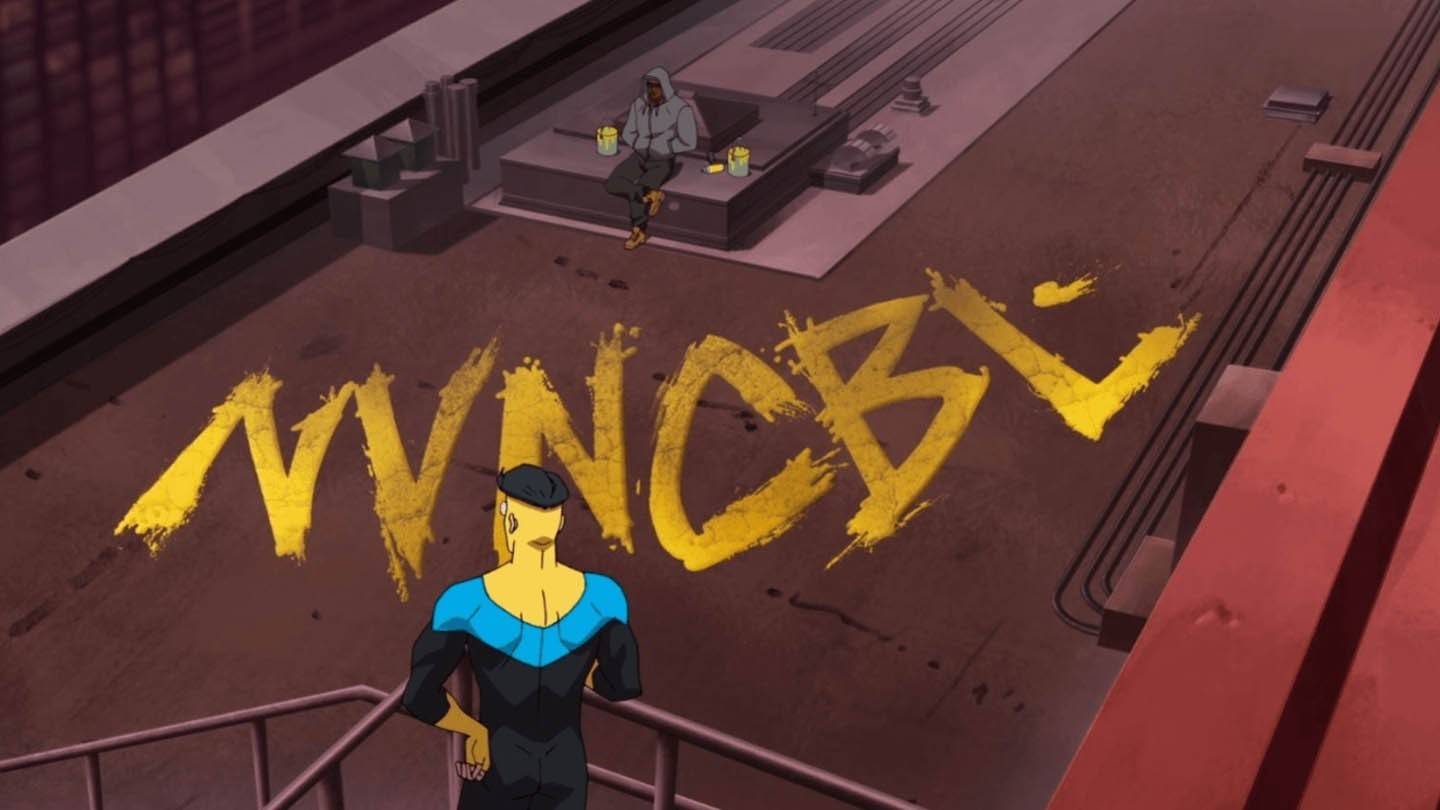 Image: amazon.com
Image: amazon.com
Mark Grayson's Evolution: Accelerated vs. Gradual Growth
A primary divergence lies in Mark Grayson's portrayal. The comics depict a gradual superhero transformation, showcasing his growth from power discovery to grappling with heroic complexities. This measured approach allows for deeper character exploration. The series, conversely, accelerates this journey, prioritizing plot urgency at the expense of nuanced character development. While maintaining viewer engagement, this condensation may leave some fans feeling certain aspects of Mark's growth were rushed.
Supporting Characters: Screen Time Shifts
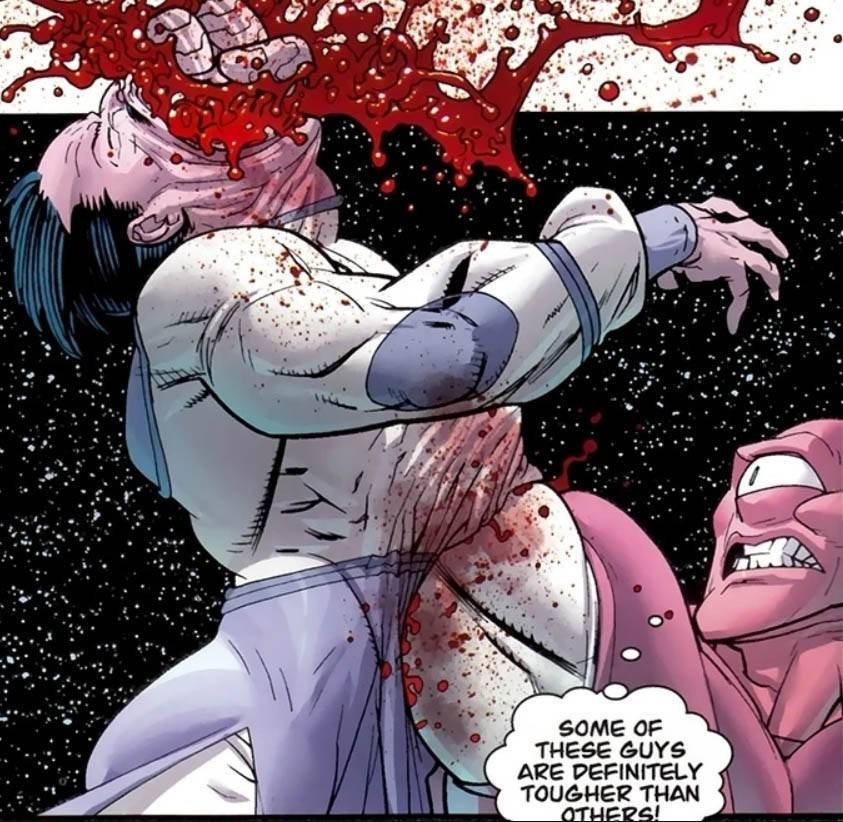 Image: amazon.com
Image: amazon.com
Supporting characters experience significant shifts. Allen the Alien gains prominence, offering humor and context to the universe. Conversely, characters like Battle Beast receive less screen time, potentially disappointing comic fans. These adjustments reflect narrative streamlining and broader audience appeal.
Antagonists: Streamlined Motivations
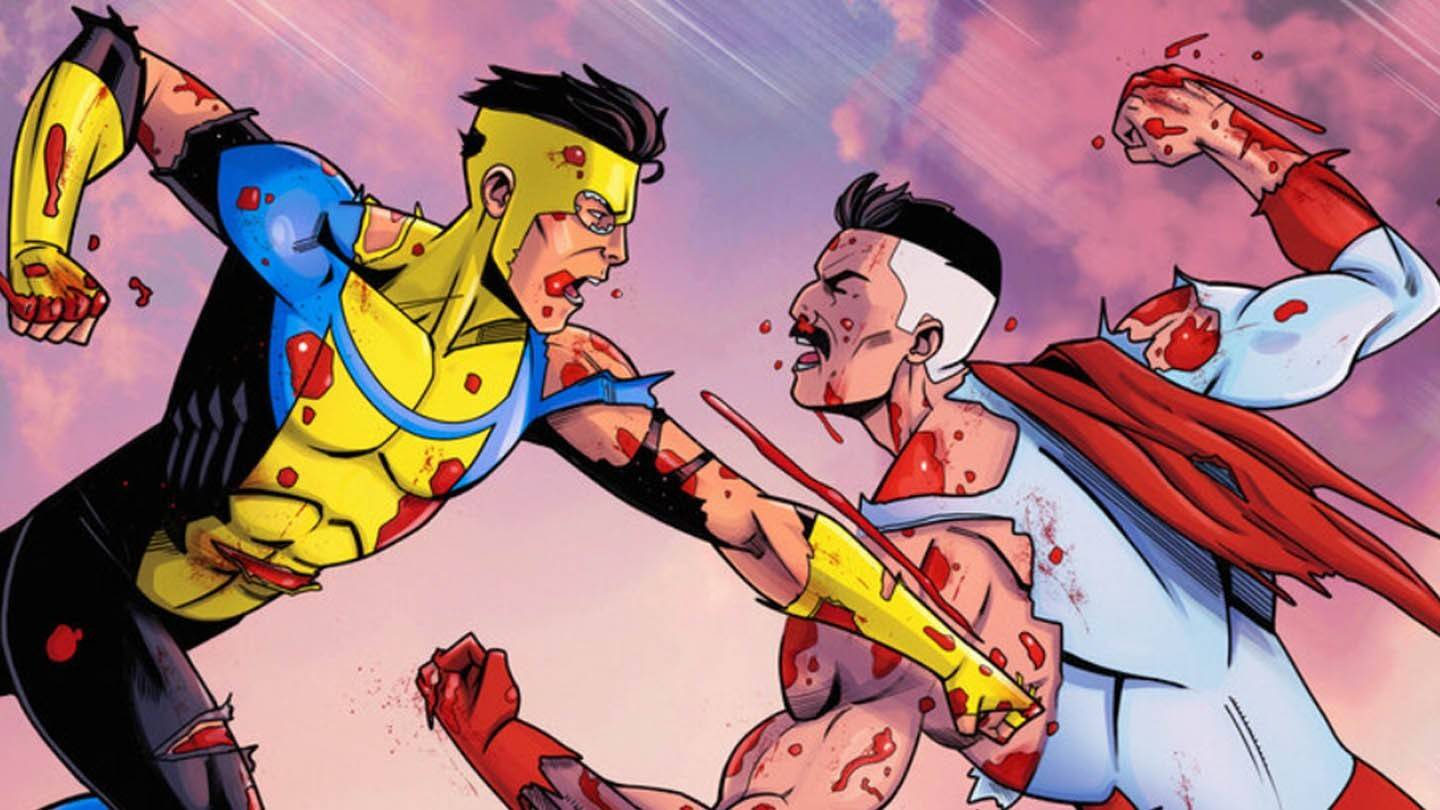 Image: amazon.com
Image: amazon.com
Villains like Conquest and the Shadow Council receive more nuanced treatment in the comics, with detailed motivations and backstories. The series simplifies these for pacing, focusing on high-stakes confrontations. This enhances accessibility but risks oversimplifying antagonist complexity. Omni-Man's betrayal, for example, feels more immediate in the series than the gradual descent depicted in the comics.
Action Sequences: Enhanced Visuals and Choreography
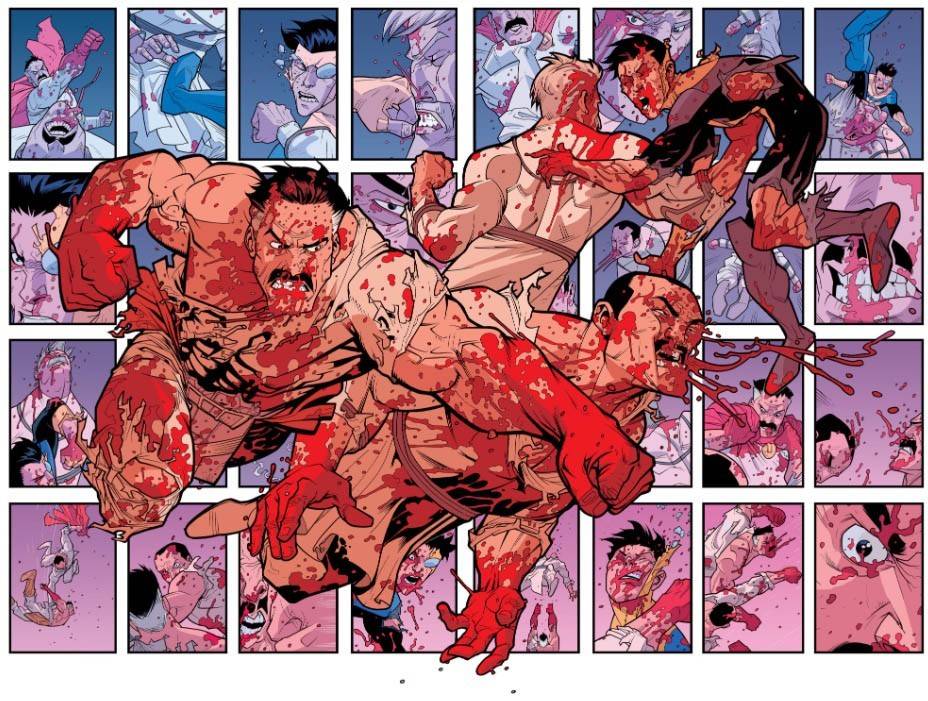 Image: amazon.com
Image: amazon.com
The series excels in its action sequences, utilizing animation's capabilities for dynamic choreography and special effects. Battles are visually intensified, rivaling live-action spectacles. However, these enhanced sequences sometimes deviate from the comics, though generally enhancing rather than detracting from the overall experience.
Thematic Focus: Morality and Legacy
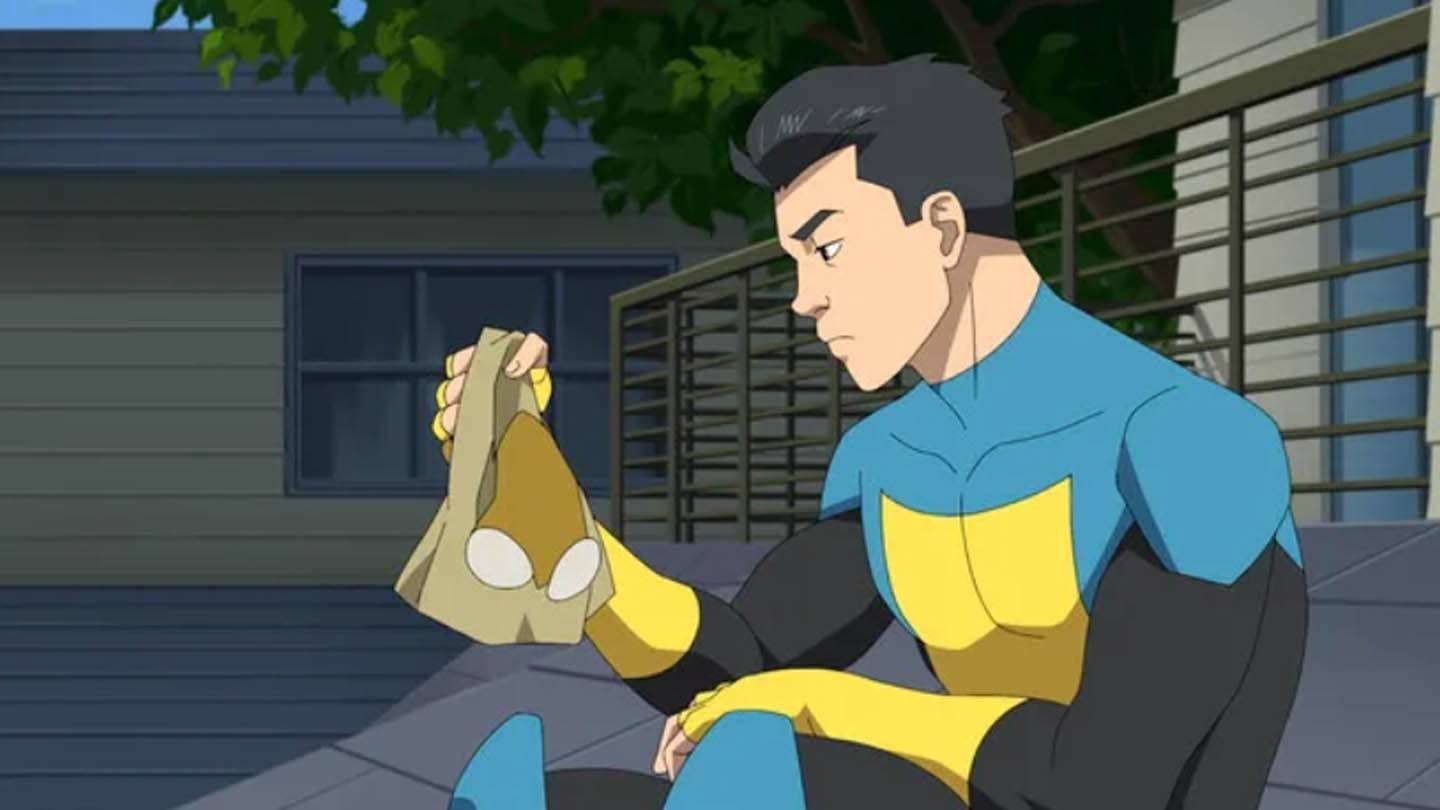 Image: amazon.com
Image: amazon.com
Thematic exploration also differs. The series emphasizes morality, power, and legacy, reflecting episodic storytelling demands. Mark's struggle with his father's actions receives more screen time. Other philosophical themes are downplayed for narrative focus and accessibility.
Season 3 Critique: Diminished Impact
Despite the acclaim of the first two seasons, Season 3 disappointed many.
Repetitive Story Arcs
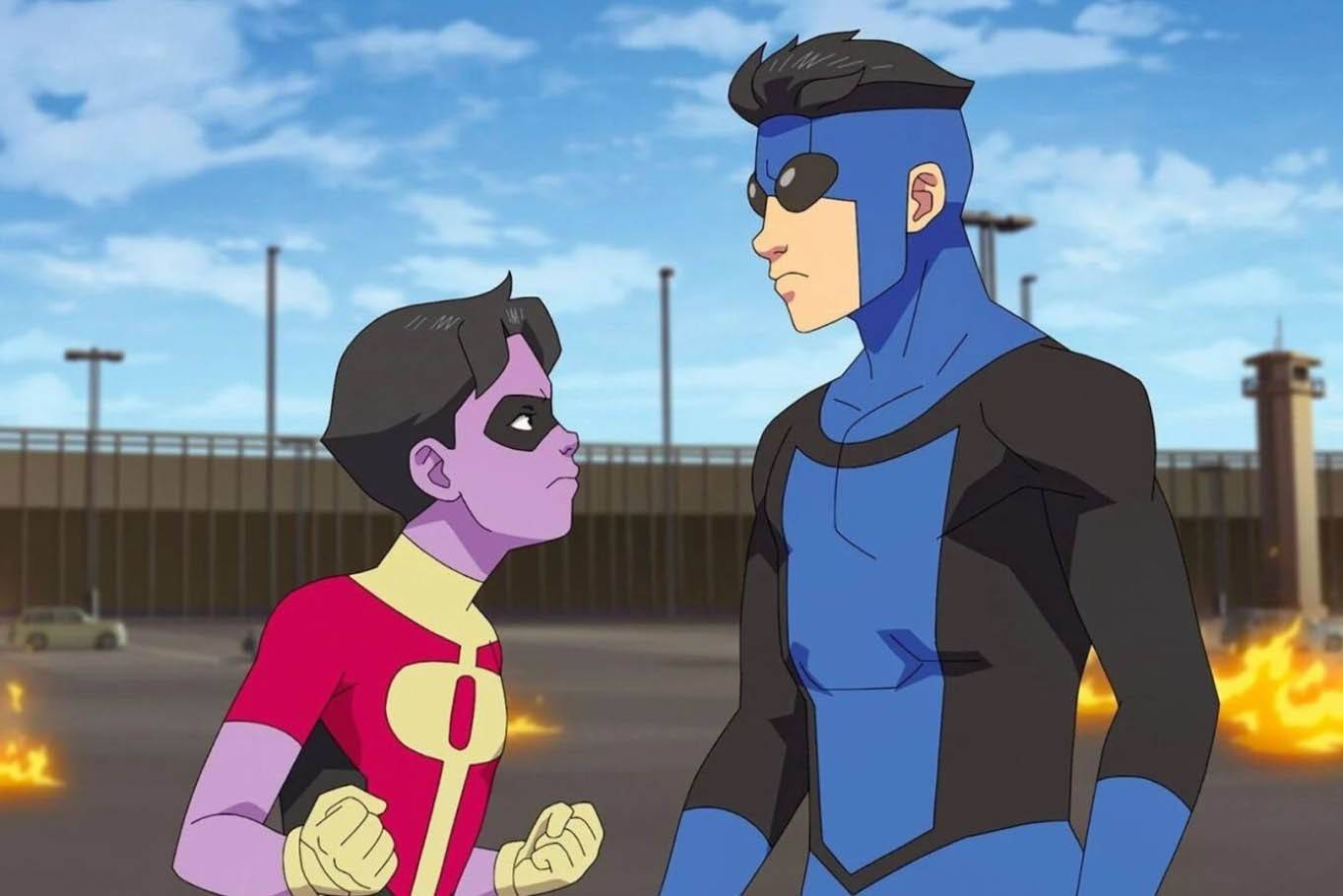 Image: amazon.com
Image: amazon.com
Season 3's reliance on familiar tropes is a recurring criticism. The show previously surprised viewers; Season 3 revisits themes without offering novelty. Mark's internal conflict regarding his father's legacy, for example, feels repetitive.
Cecil's Subplot: Unfulfilled Potential
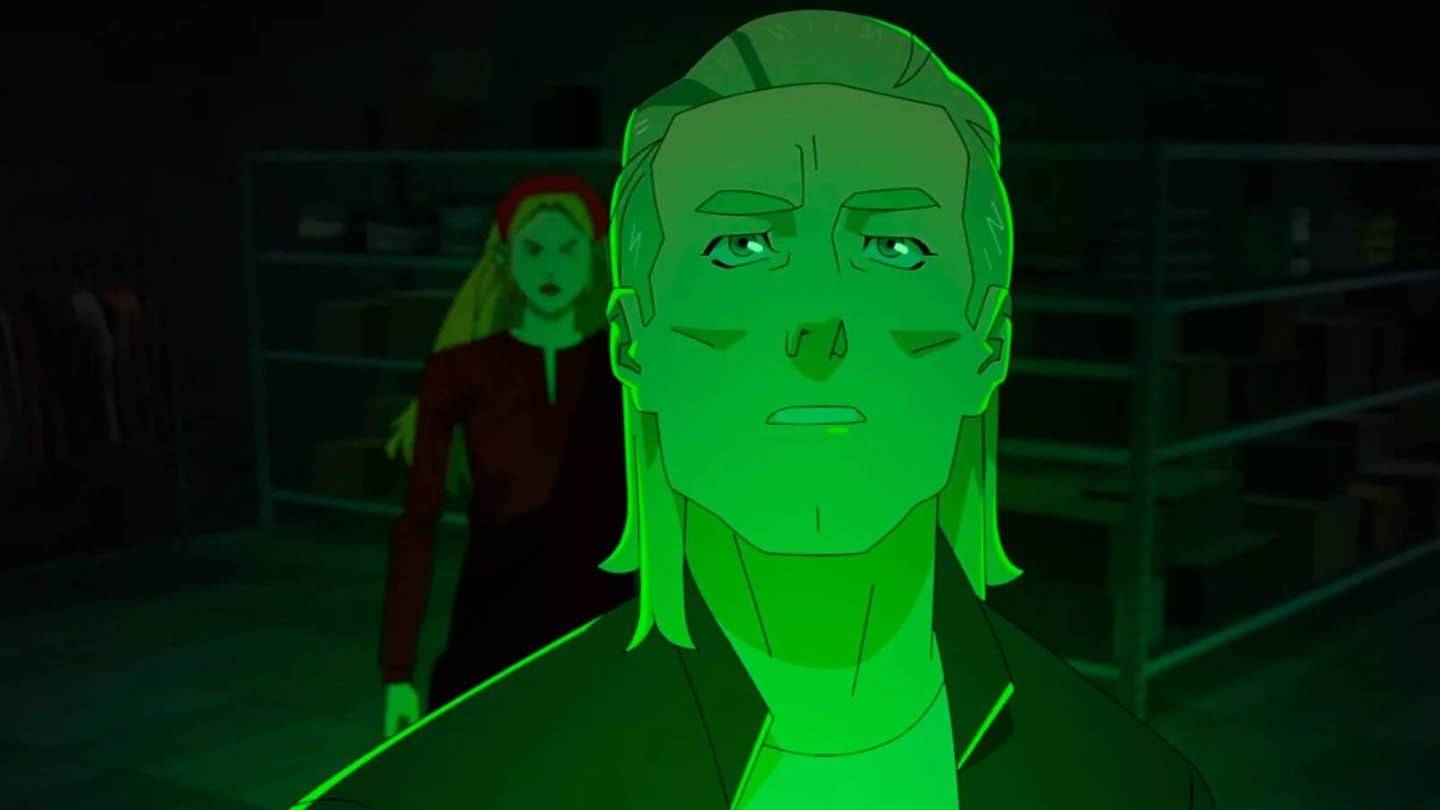 Image: amazon.com
Image: amazon.com
Cecil's subplot, reprogramming criminals, is interesting but falls short due to its overly idealistic portrayal. This disconnect undermines the emotional impact.
Reduced Action Impact
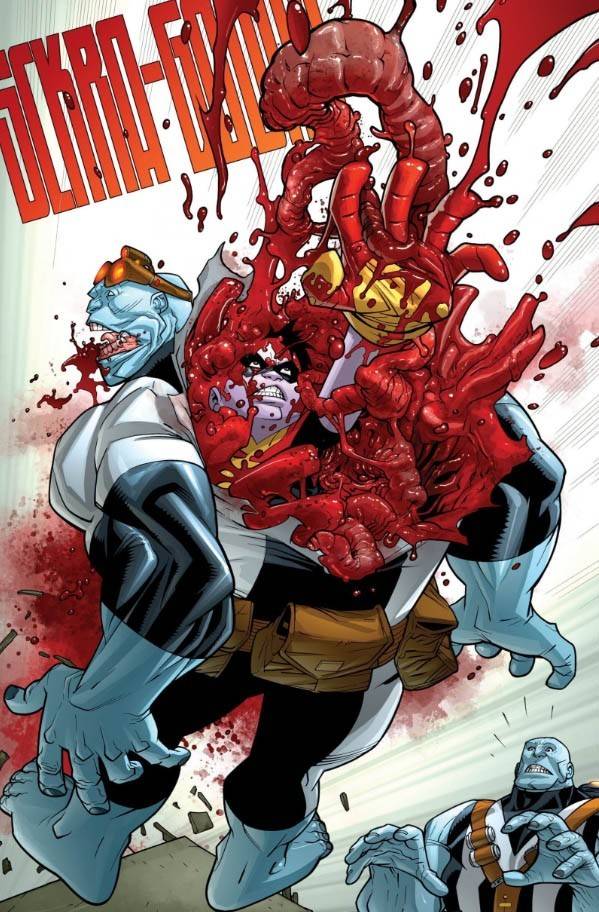 Image: amazon.com
Image: amazon.com
Even the action sequences, a series highlight, lack the same impact. While visually impressive, they lack the emotional resonance of previous seasons. The absence of significant stakes makes these moments feel less impactful.
Slow Start, Delayed Momentum
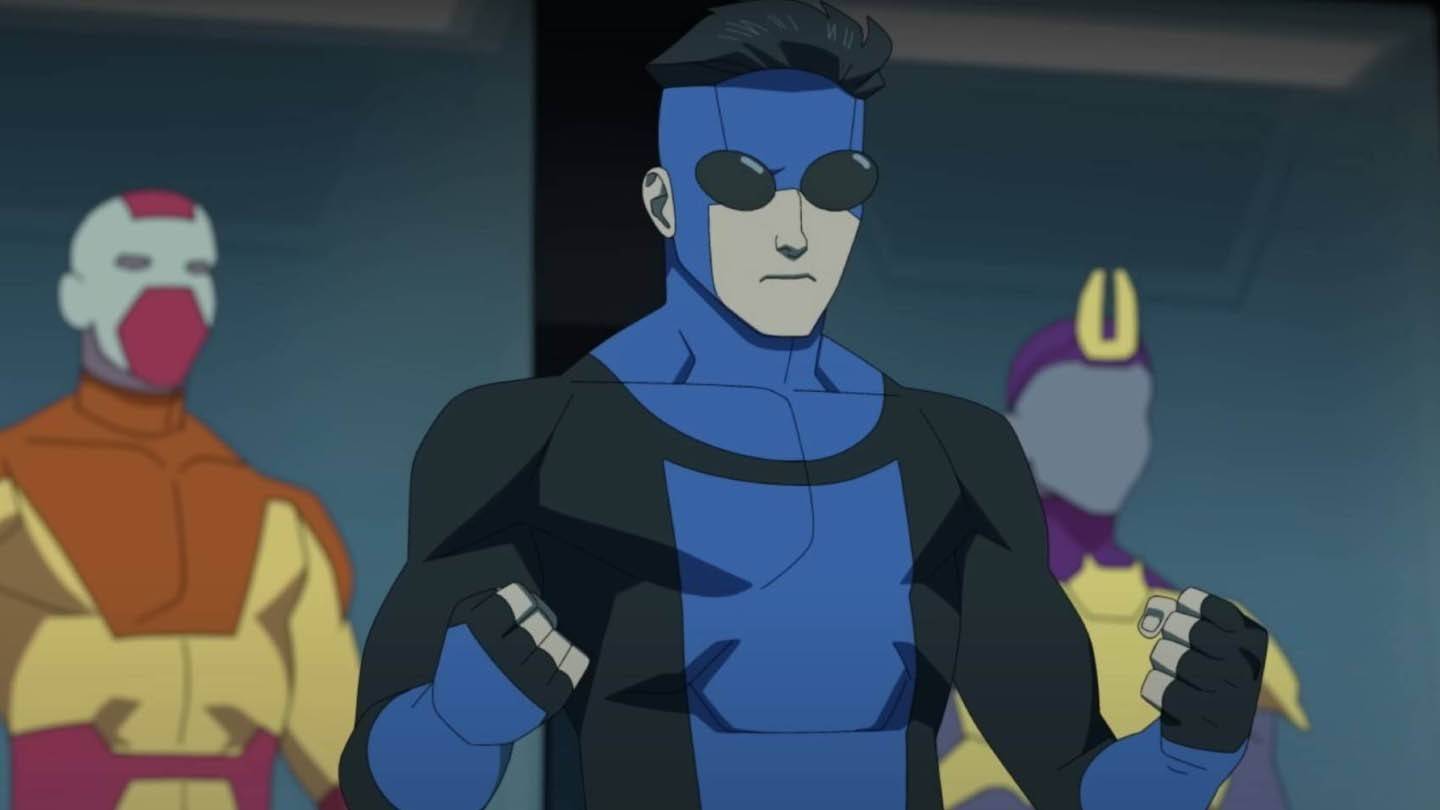 Image: amazon.com
Image: amazon.com
Season 3's slow start, introducing generic villains and threats, is another issue. The delayed momentum diminishes the initial excitement.
Adaptation and Innovation: Finding the Balance
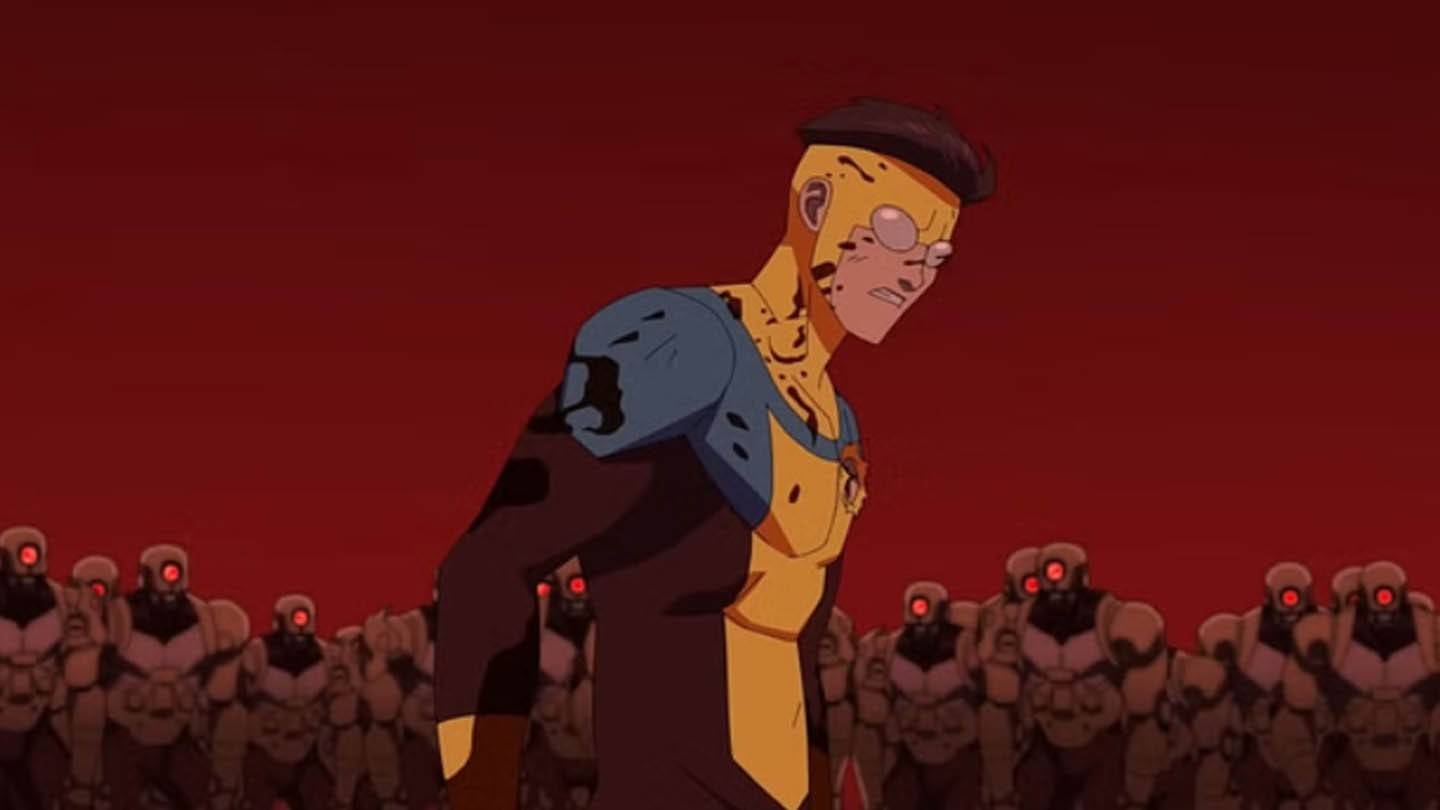 Image: amazon.com
Image: amazon.com
Invincible successfully captures the spirit of the comics while adapting for television. However, Season 3 highlights the challenges of balancing adaptation and innovation. Over-reliance on familiar tropes or sacrificing depth for spectacle risks diminishing the original's strengths. Future seasons need to innovate and surprise to maintain viewer engagement.
Reasons to Continue Watching (Spoiler Alert)
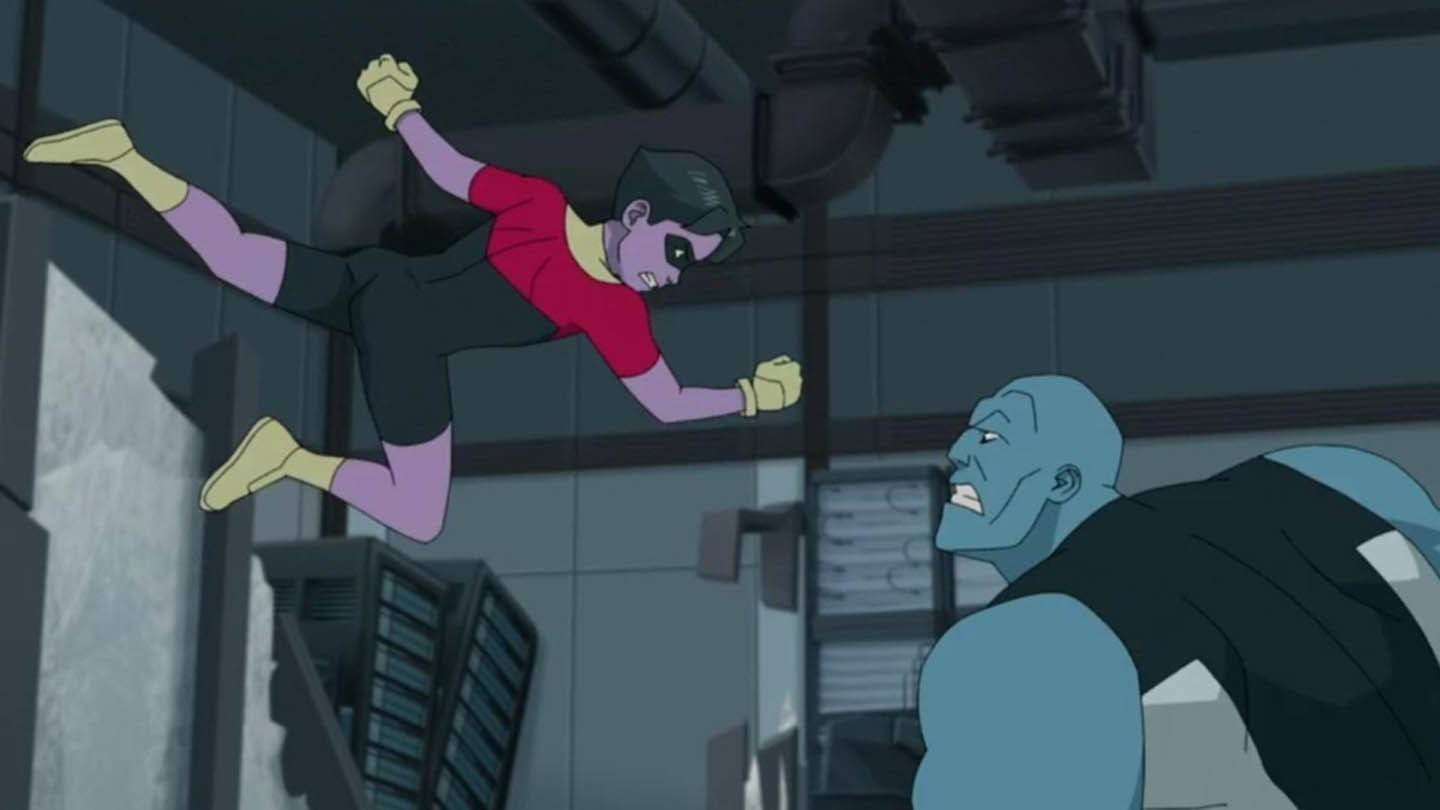 Image: amazon.com
Image: amazon.com
Despite its flaws, Invincible remains engaging and visually impressive. Its intense action, compelling characters, and thought-provoking themes continue to captivate. However, don't expect the same level of excitement as the first two seasons. The future remains uncertain, especially given the established source material.

 Latest Downloads
Latest Downloads
 Downlaod
Downlaod




 Top News
Top News